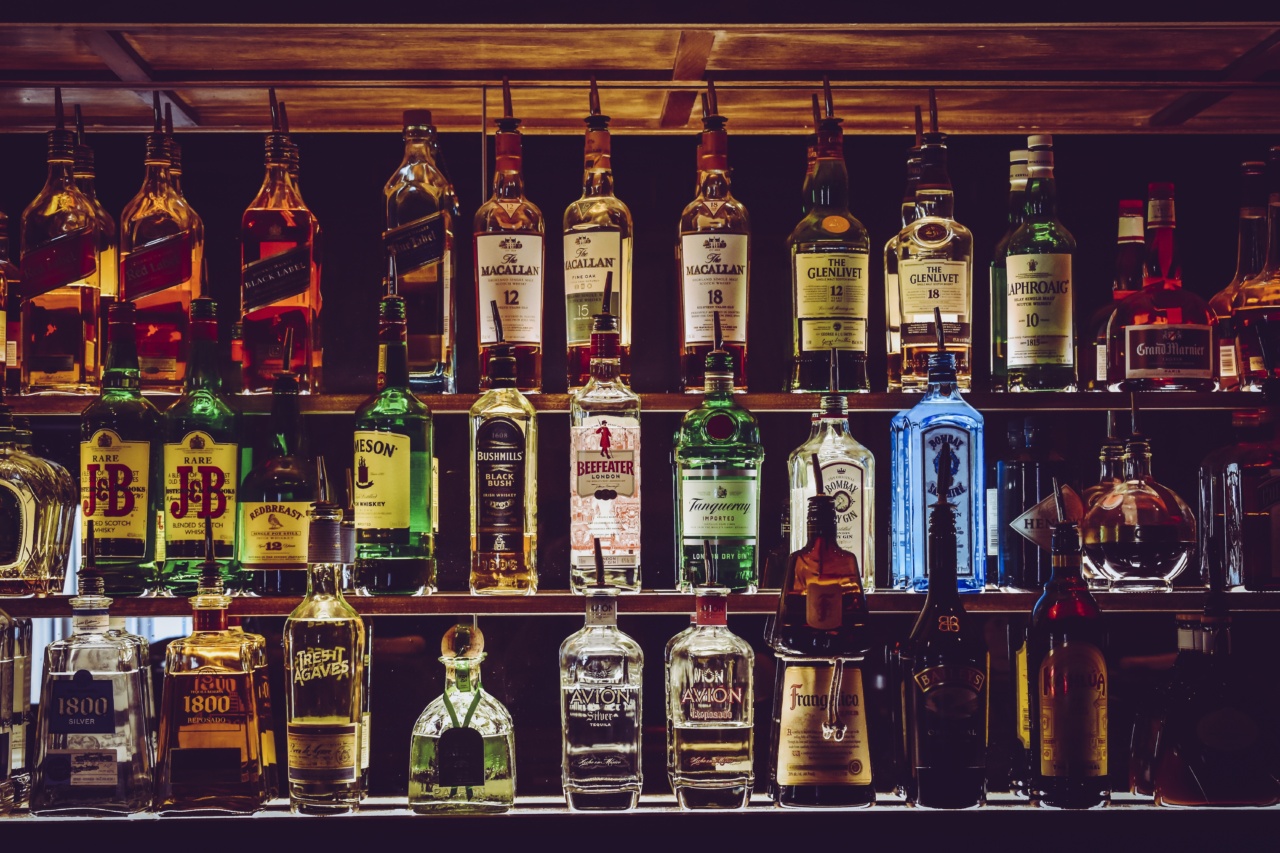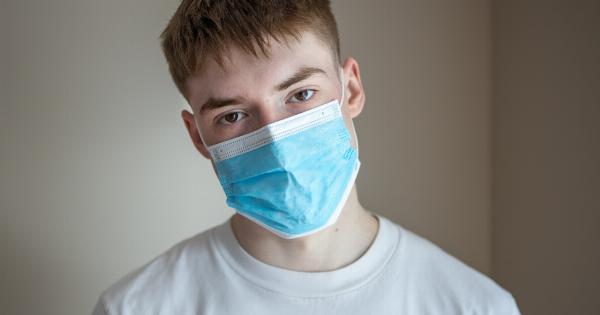In recent years, there has been a growing concern surrounding the potential link between alcohol consumption and cancer.
While moderate alcohol intake has been associated with certain health benefits, including a reduced risk of heart disease, the risk of developing various types of cancer cannot be ignored.
Wine, beer, and whiskey are some of the most popular alcoholic beverages consumed worldwide, but which of these has a greater cancer-causing potential? In this article, we delve into the scientific research to determine which of these alcoholic drinks may pose a higher risk.
The role of alcohol in cancer development
Before exploring the specific cancer-causing potential of wine, beer, and whiskey, it is important to understand the mechanism through which alcohol contributes to cancer development.
Ethanol, the intoxicating component present in all alcoholic beverages, is metabolized in the body to acetaldehyde, a toxic compound. Acetaldehyde is a known carcinogen and has been classified as a Group 1 carcinogen by the International Agency for Research on Cancer (IARC).
When consumed in excess, alcohol promotes oxidative stress, which can lead to DNA damage and impair the body’s ability to repair this damage.
Additionally, alcohol can also affect hormone levels, disrupt the immune system, and impair nutrient absorption, all of which contribute to an increased risk of cancer development.
The cancer risks associated with wine
Wine, particularly red wine, has long been praised for its potential health benefits. It contains antioxidants, such as resveratrol and polyphenols, which have been linked to various health effects, including a reduced risk of heart disease.
However, when it comes to cancer, the situation is more complex.
Several studies have investigated the relationship between wine consumption and cancer risk.
While some research suggests that moderate wine intake may be associated with a lower risk of certain cancers, such as colorectal and prostate cancer, it is important to note that excessive wine consumption can increase the risk of other types of cancer.
One such cancer is breast cancer. Excessive alcohol intake, including wine, has been consistently linked to an increased risk of breast cancer, even at low levels of consumption.
The risk appears to be dose-dependent, with each additional drink per day leading to a higher risk. It is believed that the metabolism of alcohol in the liver results in an increased concentration of estrogen in the bloodstream, which can promote the growth of hormone-sensitive breast tumors.
Furthermore, excessive wine consumption has also been associated with an increased risk of oral, esophageal, liver, and colorectal cancers.
The acetaldehyde produced during the metabolism of alcohol is directly toxic to the cells lining these organs, leading to DNA damage and promoting cancer development.
The cancer risks associated with beer
Beer is the most widely consumed alcoholic beverage globally, and like wine, it too has been studied in relation to cancer risk. However, the research on beer and cancer is somewhat limited compared to that on wine and liquor.
Some studies have suggested that moderate beer consumption may be associated with a reduced risk of certain cancers, including kidney and non-Hodgkin lymphoma.
This may be attributed to the presence of certain antioxidants in beer, such as polyphenols and flavonoids, which have been found to have anti-cancer properties.
However, it is important to note that excessive beer consumption can significantly increase the risk of cancer.
The World Health Organization (WHO) has classified beer as a Group 1 carcinogen, indicating a causal relationship between beer consumption and cancer. The increased risk is primarily seen in cancers such as oral, esophageal, liver, and colorectal cancers. The acetaldehyde produced during the metabolism of alcohol in beer has been identified as a key carcinogen in these types of cancer.
The cancer risks associated with whiskey
Whiskey, a distilled alcoholic beverage, is typically higher in alcohol content compared to wine and beer. This higher alcohol concentration contributes to an increased cancer risk when consumed in excess.
Research specifically focusing on whiskey and cancer is limited. However, it is important to remember that the risks associated with whiskey consumption are largely similar to those of other alcoholic beverages.
As a distilled spirit, whiskey undergoes a process that concentrates the alcohol and eliminates some of the other components, such as antioxidants, that may be present in wine or beer.
Therefore, excessive and heavy consumption of whiskey, like any other alcoholic beverage, can lead to an increased risk of various cancers. These include oral, esophageal, liver, and colorectal cancers, among others.
The acetaldehyde produced during the metabolism of alcohol is a key factor in promoting DNA damage and cancer development in these organs.
Conclusion
In conclusion, all forms of alcoholic beverages, including wine, beer, and whiskey, have the potential to increase the risk of various types of cancer.
Excessive alcohol consumption can lead to DNA damage, impair the body’s repair mechanisms, disrupt hormonal balance, and weaken the immune system, all of which contribute to cancer development.
While moderate alcohol consumption may offer certain health benefits, it is crucial to exercise moderation and be aware of the risks associated with alcohol consumption.
Individuals should make informed choices based on their personal health, family history, and other risk factors. Consulting with a healthcare professional can help determine the appropriate level of alcohol intake for an individual.



























